Home>Gardening & Outdoor>Outdoor Entertaining>How To Light Wood In A Fire Pit
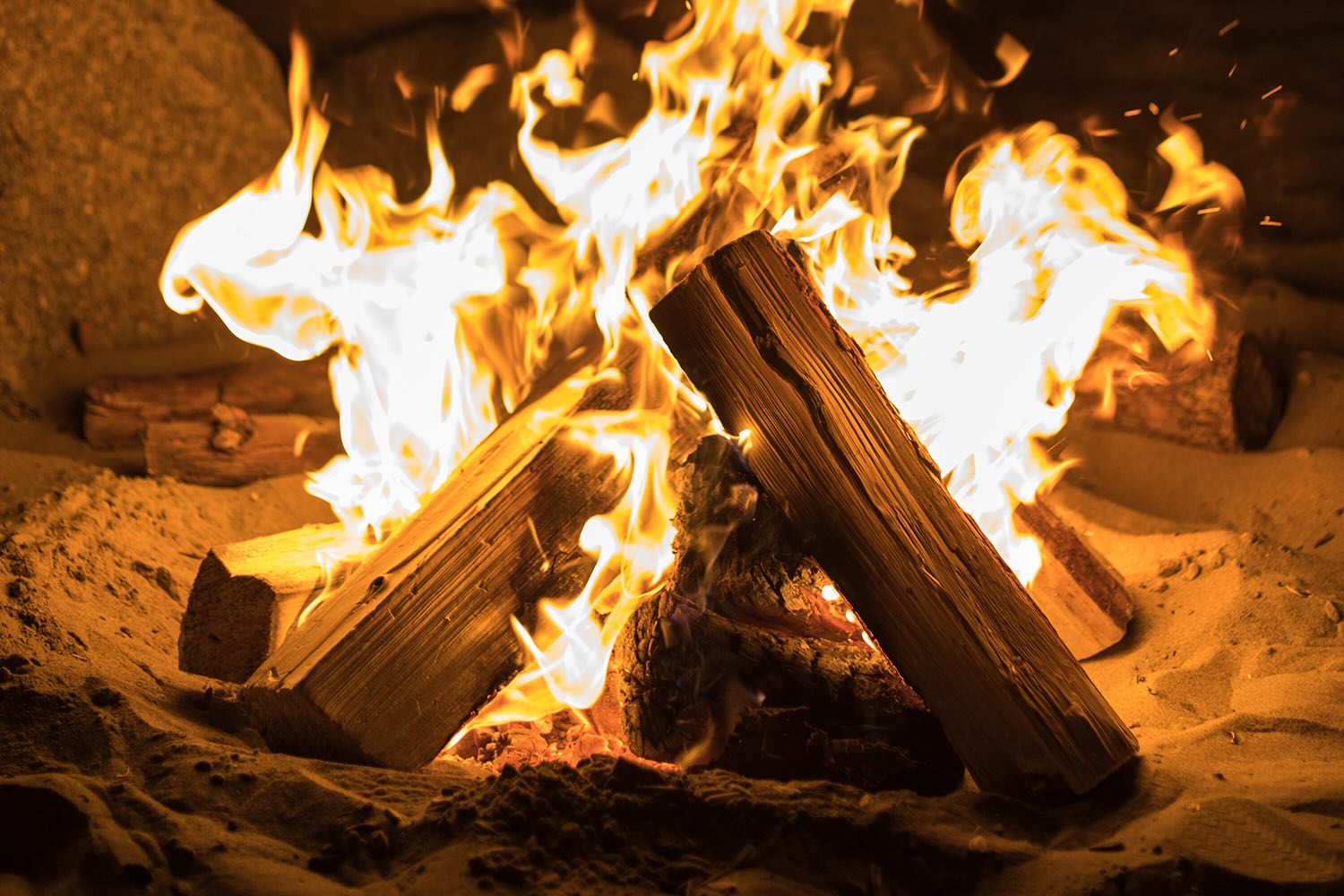

Outdoor Entertaining
How To Light Wood In A Fire Pit
Modified: January 24, 2024
Learn how to light wood in a fire pit for your outdoor entertaining needs. Discover the best techniques for creating a warm and inviting atmosphere. Get started today!
(Many of the links in this article redirect to a specific reviewed product. Your purchase of these products through affiliate links helps to generate commission for Storables.com, at no extra cost. Learn more)
Introduction
When the sun sets and the air cools, there's something magical about gathering around a crackling fire pit with friends and family. The warm glow of the flames, the comforting scent of burning wood, and the soothing crackle of the fire create an ambiance that is perfect for cozy conversations, laughter, and making unforgettable memories.
However, to truly enjoy the experience of a fire pit, it's essential to know how to light the wood properly. Whether you're a seasoned outdoor enthusiast or a novice in the world of fire pits, mastering the art of lighting wood in a fire pit can elevate your outdoor entertaining game to new heights.
In this guide, we'll delve into the essential steps for lighting wood in a fire pit, from choosing the right wood to maintaining the fire and ensuring safety. By the end of this article, you'll be equipped with the knowledge and confidence to create a mesmerizing fire that will be the centerpiece of your outdoor gatherings. So, grab your marshmallows and gather 'round as we explore the secrets of igniting the perfect fire pit.
Key Takeaways:
- Choose the right wood for your fire pit to ensure a safe, efficient, and enjoyable fire-lighting experience. Consider hardwoods for longer burn time and softwoods for a pleasant aroma.
- Prioritize safety when enjoying a fire pit by clearing surroundings, supervising the fire, and having means to extinguish it readily available. Embrace the magic of a flickering flame while ensuring joy and peace of mind.
Read more: How To Stack Wood In A Fire Pit
Choosing the Right Wood
Before you can even think about lighting a fire in your pit, it’s crucial to select the right type of wood. The type of wood you choose can significantly impact the quality of your fire, including its burn time, heat output, and the aroma it produces. Here’s a guide to help you make the best choice:
- Hardwood vs. Softwood: Hardwoods like oak, maple, and hickory burn longer and produce more consistent heat, making them ideal for a sustained fire. Softwoods like pine and cedar ignite easily and create a pleasant aroma, but they burn faster and may produce more sparks. A mix of both types can offer a balance of qualities.
- Dryness: Regardless of the type, the wood must be seasoned, meaning it’s dry and has a low moisture content. Green or freshly cut wood contains too much moisture, making it difficult to ignite and producing excessive smoke. Look for well-seasoned wood that feels light, has cracks on the ends, and makes a hollow sound when tapped together.
- Size and Shape: Opt for split logs or pieces of wood that are of manageable size, typically around 16-20 inches in length. This allows for easier stacking and airflow, promoting better combustion and a more sustained fire.
- Avoid Treated Wood: Never burn painted, stained, or pressure-treated wood in your fire pit. These materials can release toxic chemicals when burned, posing health hazards and harming the environment.
By carefully selecting the right wood for your fire pit, you can set the stage for a safe, efficient, and enjoyable fire-lighting experience.
Preparing the Fire Pit
Now that you’ve chosen the perfect wood for your fire pit, it’s time to prepare the pit itself for the fiery spectacle to come. Proper preparation not only ensures a successful fire but also contributes to the overall safety and ambiance of your outdoor gathering. Here’s how to get your fire pit ready:
- Clean the Pit: Before starting a new fire, remove any debris, ash, or leftover wood from the previous use. This allows for better airflow and minimizes the risk of stray embers causing unexpected flare-ups.
- Arrange the Wood: Place a layer of kindling, such as small dry twigs or newspaper, at the bottom of the pit. Then, stack the chosen wood in a way that allows for adequate airflow. A classic method is to create a teepee or log cabin structure, which promotes efficient burning and helps the fire spread evenly.
- Consider Fire Starters: If you want to simplify the lighting process, consider using commercial fire starters or natural alternatives like fatwood sticks or pine cones coated in wax. These can ignite quickly and help establish a strong flame, especially when dealing with slightly damp wood or adverse weather conditions.
- Check the Surroundings: Ensure that the area around the fire pit is clear of any flammable materials, including overhanging branches, dry grass, or patio furniture. Safety should always be a top priority when setting up for a fire.
By taking the time to prepare your fire pit thoughtfully, you can lay the groundwork for a smooth and enjoyable lighting process, setting the stage for a captivating and safe outdoor experience.
Lighting the Wood
With the fire pit prepared and the perfect wood selected, it’s time to ignite the flames and bring your outdoor gathering to life. Lighting the wood is a crucial step that requires patience, attention to detail, and a touch of finesse. Here’s how to get the fire started:
- Igniting the Kindling: If you’ve arranged kindling at the base of the pit, carefully light it using a long match or a lighter. The small, dry twigs and paper will catch fire easily and begin to create a small, crackling flame that will gradually ignite the larger pieces of wood.
- Applying Fire Starters: If you’ve opted to use fire starters, position them strategically within the wood stack and light them according to the manufacturer’s instructions. These can help jumpstart the fire and ensure a more consistent and reliable ignition process.
- Patience and Observation: As the flames begin to take hold, resist the urge to immediately pile on more wood. Allow the fire to establish itself and the initial wood to catch fire and burn steadily. Observing the fire’s progress at this stage is crucial for understanding its behavior and making adjustments as needed.
- Assisting Airflow: If the fire seems sluggish or struggles to grow, gently blow on the base of the flames to provide a surge of oxygen. This can encourage the fire to intensify and spread, especially during the critical early stages of ignition.
By approaching the lighting process with care and attentiveness, you can ensure a successful ignition and set the stage for a captivating and enduring fire that will be the heart of your outdoor entertainment.
To light wood in a fire pit, start with small pieces of dry kindling and place them in a crisscross pattern. Add larger pieces of wood on top, and use a long lighter or matches to ignite the kindling. Gradually add more wood as the fire grows.
Maintaining the Fire
Once the flames have come to life and the fire pit is ablaze, your attention shifts to the crucial task of maintaining the fire. A well-tended fire not only provides warmth and light but also sets the mood for a memorable outdoor experience. Here’s how to keep the fire burning brightly:
- Adding Wood Strategically: As the initial wood begins to burn down, gradually add more wood to sustain the fire. Avoid overloading the pit, as too much wood can smother the flames and impede airflow. Instead, maintain a steady supply of wood to keep the fire at an optimal size and intensity.
- Arranging the Wood: When adding new wood, arrange it thoughtfully to ensure continued airflow and efficient combustion. Stacking the wood in a manner that allows for oxygen to reach the flames can help maintain a consistent and enduring fire.
- Stoking the Flames: Using a poker or a stick, gently shift the burning wood to encourage airflow and promote even burning. This prevents the formation of a smoky, oxygen-starved fire and helps maintain a clean and vibrant flame.
- Monitoring the Fire: Regularly observe the fire’s behavior, noting any signs of excessive smoke, uneven burning, or the need for additional wood. This allows you to make timely adjustments and ensure that the fire remains a focal point of your outdoor gathering.
By tending to the fire with care and mindfulness, you can prolong its life, maintain a steady warmth, and create an inviting ambiance that will captivate and delight your guests throughout the evening.
Read more: How Much Wood For Fire Pit
Safety Precautions
While the allure of a crackling fire pit is undeniable, it’s essential to prioritize safety at all times. By adhering to key safety precautions, you can ensure that your outdoor gathering remains a source of joy and warmth without any unnecessary risks. Here’s how to prioritize safety when enjoying a fire pit:
- Clear the Surroundings: Before lighting a fire, clear the area around the fire pit of any flammable materials, such as dry leaves, twigs, or overhanging branches. This creates a safe buffer zone and minimizes the risk of accidental fires spreading beyond the pit.
- Supervise the Fire: Never leave a fire pit unattended, especially when children or pets are present. Assign a responsible adult to monitor the fire at all times and ensure that it remains contained and under control.
- Keep a Fire Extinguisher Handy: Have a fire extinguisher, bucket of sand, or a garden hose nearby as a precautionary measure. This ensures that you can quickly and effectively extinguish the fire in the event of an emergency or if the flames begin to spread uncontrollably.
- Extinguish the Fire Properly: When you’re ready to conclude the evening, thoroughly extinguish the fire by carefully pouring water over the embers and stirring the ashes. Continue this process until all signs of heat and smoke have dissipated.
- Respect Local Regulations: Familiarize yourself with any local ordinances or regulations pertaining to outdoor fires. Some areas may have specific restrictions or guidelines regarding the use of fire pits, and it’s important to comply with these for the safety of yourself and your neighbors.
By embracing a safety-first mindset and integrating these precautions into your fire pit gatherings, you can enjoy the warmth and camaraderie of a crackling fire while minimizing potential hazards and ensuring a worry-free experience for all.
Conclusion
Mastering the art of lighting wood in a fire pit is more than just a practical skill—it’s an invitation to create lasting memories, foster connections, and revel in the simple pleasures of outdoor living. By carefully choosing the right wood, thoughtfully preparing the fire pit, and tending to the flames with care and mindfulness, you can transform an ordinary evening into an extraordinary outdoor experience.
As the fire comes to life, its warm glow becomes a magnet for laughter, storytelling, and shared moments of relaxation. The crackling flames weave a captivating tapestry of light and shadow, casting a spell that draws people together and invites them to unwind in its comforting embrace.
However, amidst the enchantment of the fire’s dance, it’s crucial to uphold safety as a non-negotiable priority. By clearing the surroundings, supervising the fire, and having the means to extinguish it readily available, you can ensure that every gathering around the fire pit is filled with joy and peace of mind.
So, whether it’s a lively outdoor party or a quiet evening under the stars, the ritual of lighting wood in a fire pit becomes a cherished tradition—a timeless celebration of warmth, togetherness, and the enduring magic of a flickering flame. Embrace the art of fire lighting, and let the stories and laughter flow as freely as the flames themselves, creating cherished moments that linger in the hearts of all who gather around the fire pit.
Frequently Asked Questions about How To Light Wood In A Fire Pit
Was this page helpful?
At Storables.com, we guarantee accurate and reliable information. Our content, validated by Expert Board Contributors, is crafted following stringent Editorial Policies. We're committed to providing you with well-researched, expert-backed insights for all your informational needs.
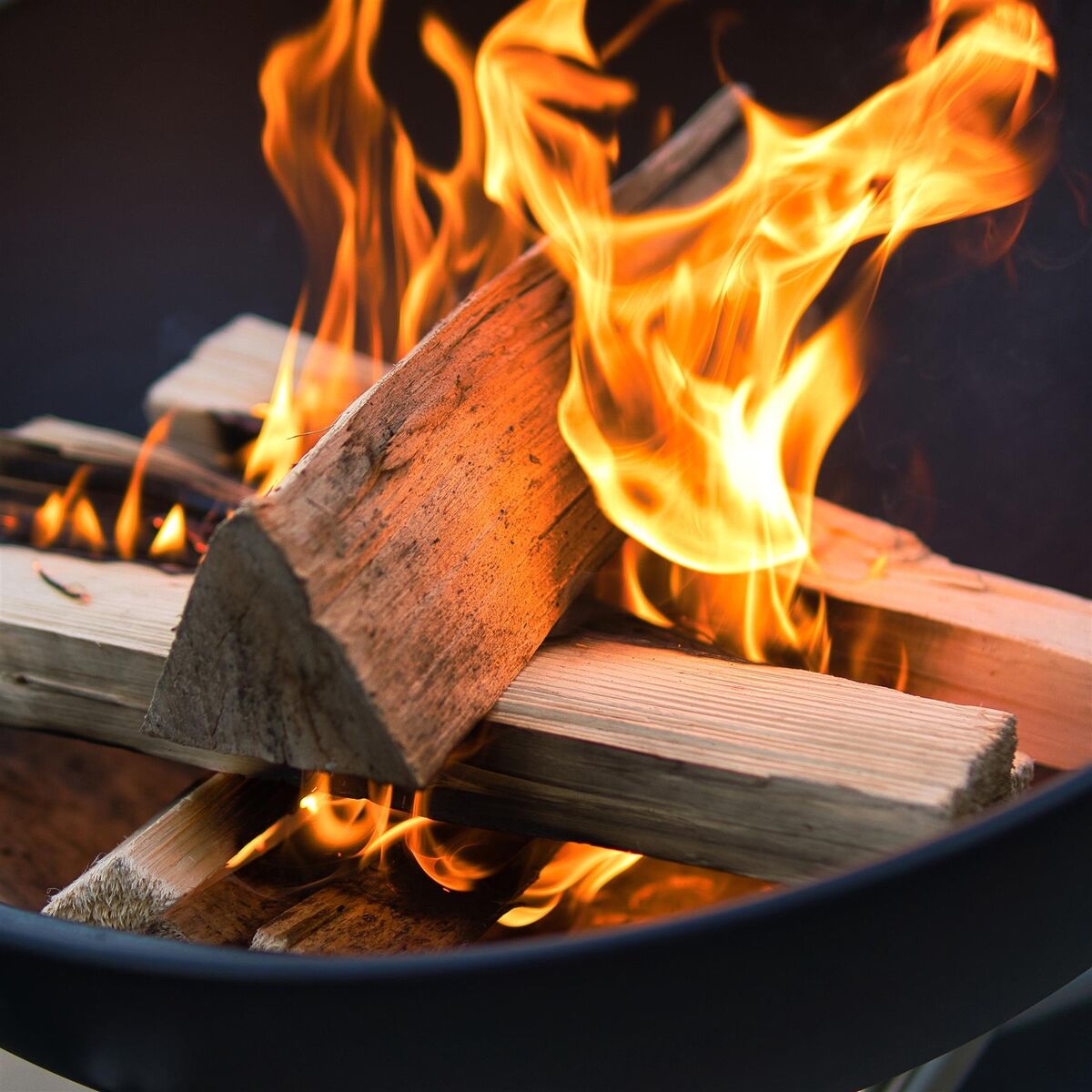
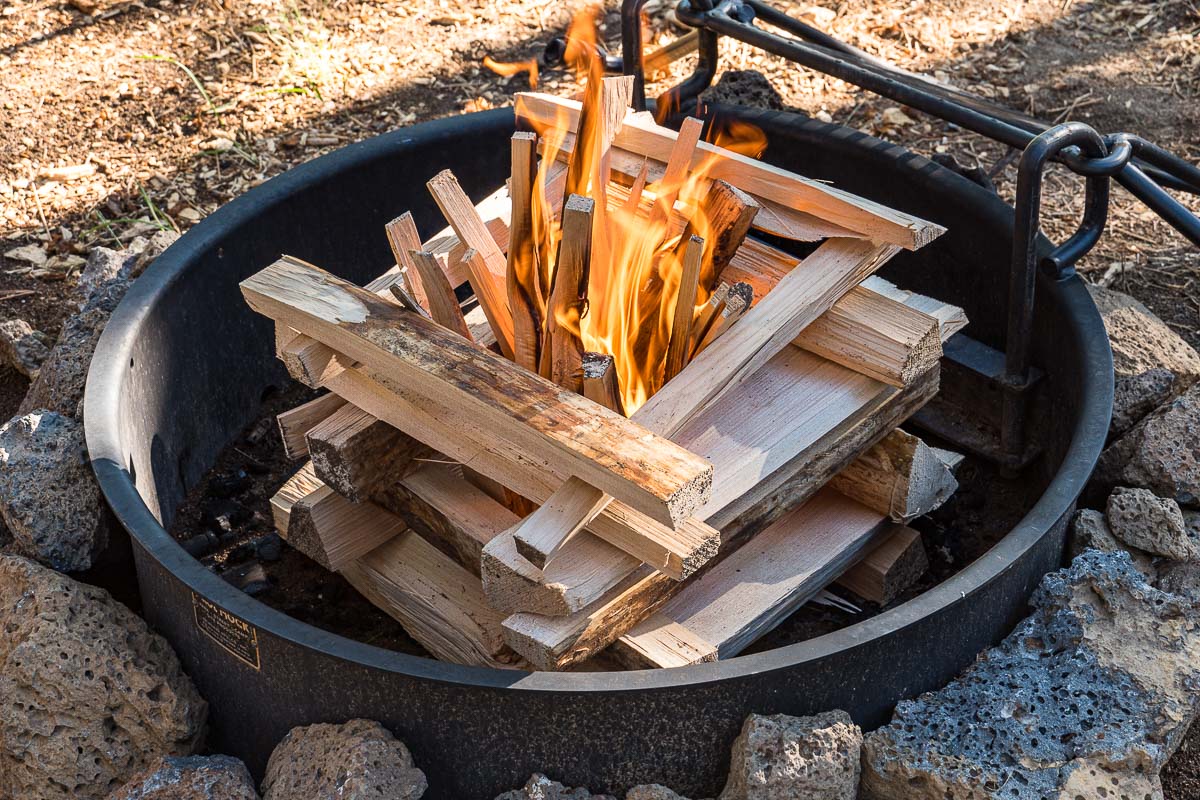
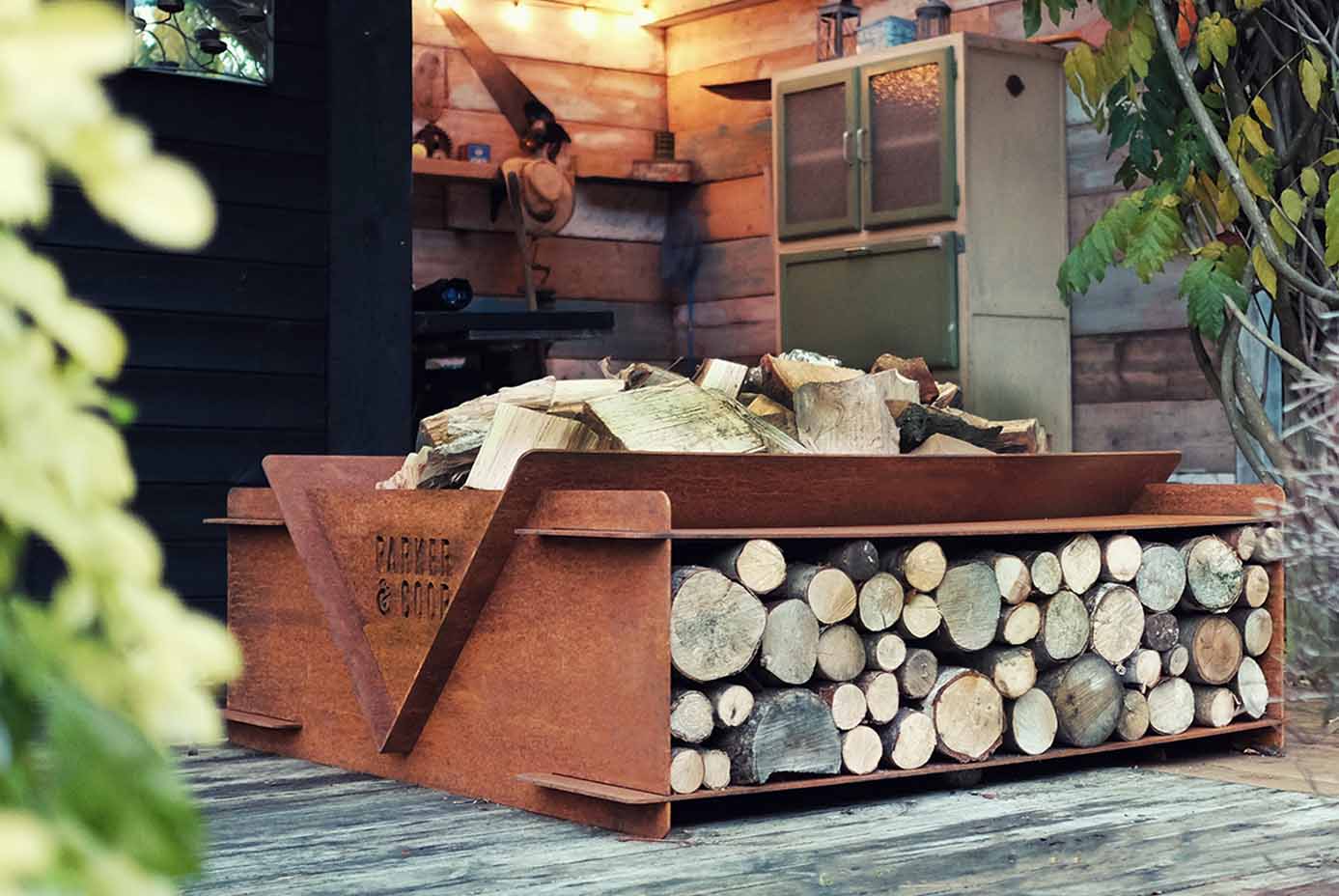
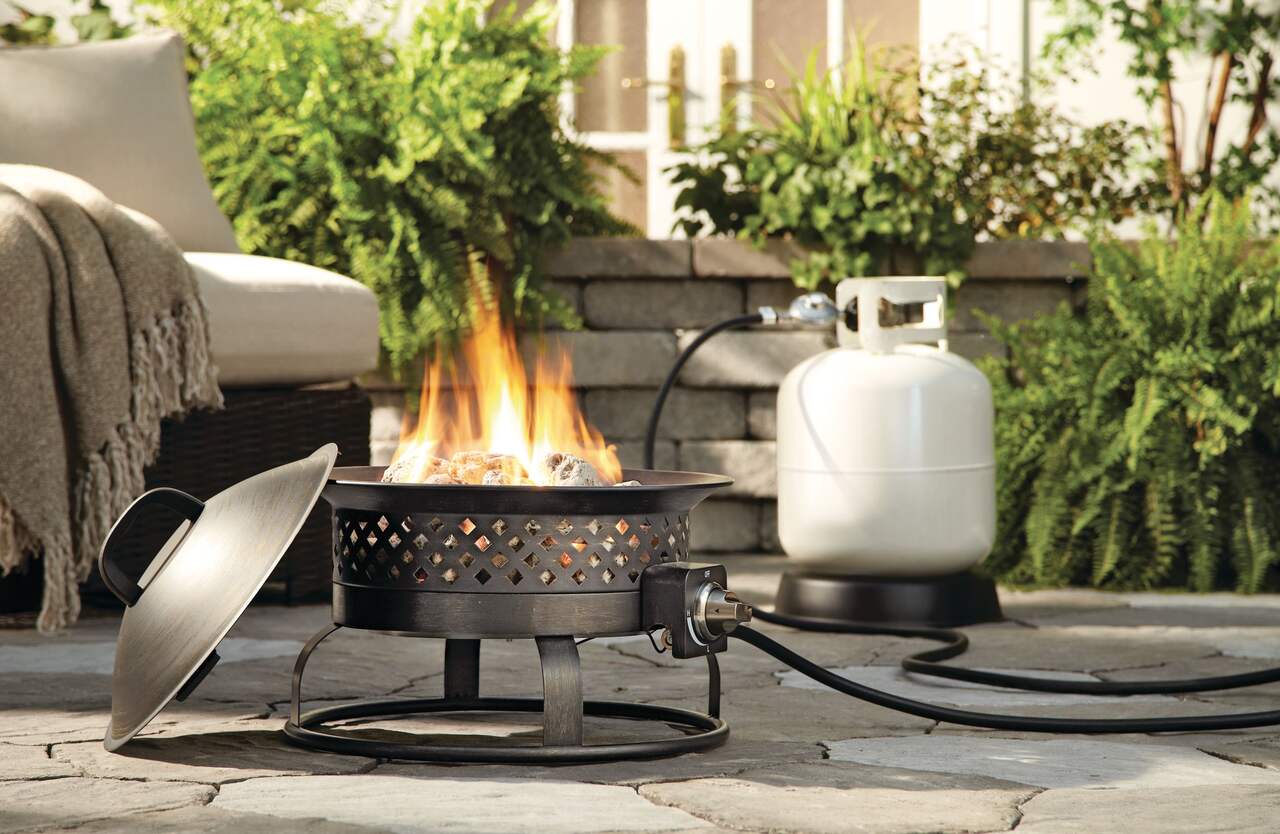
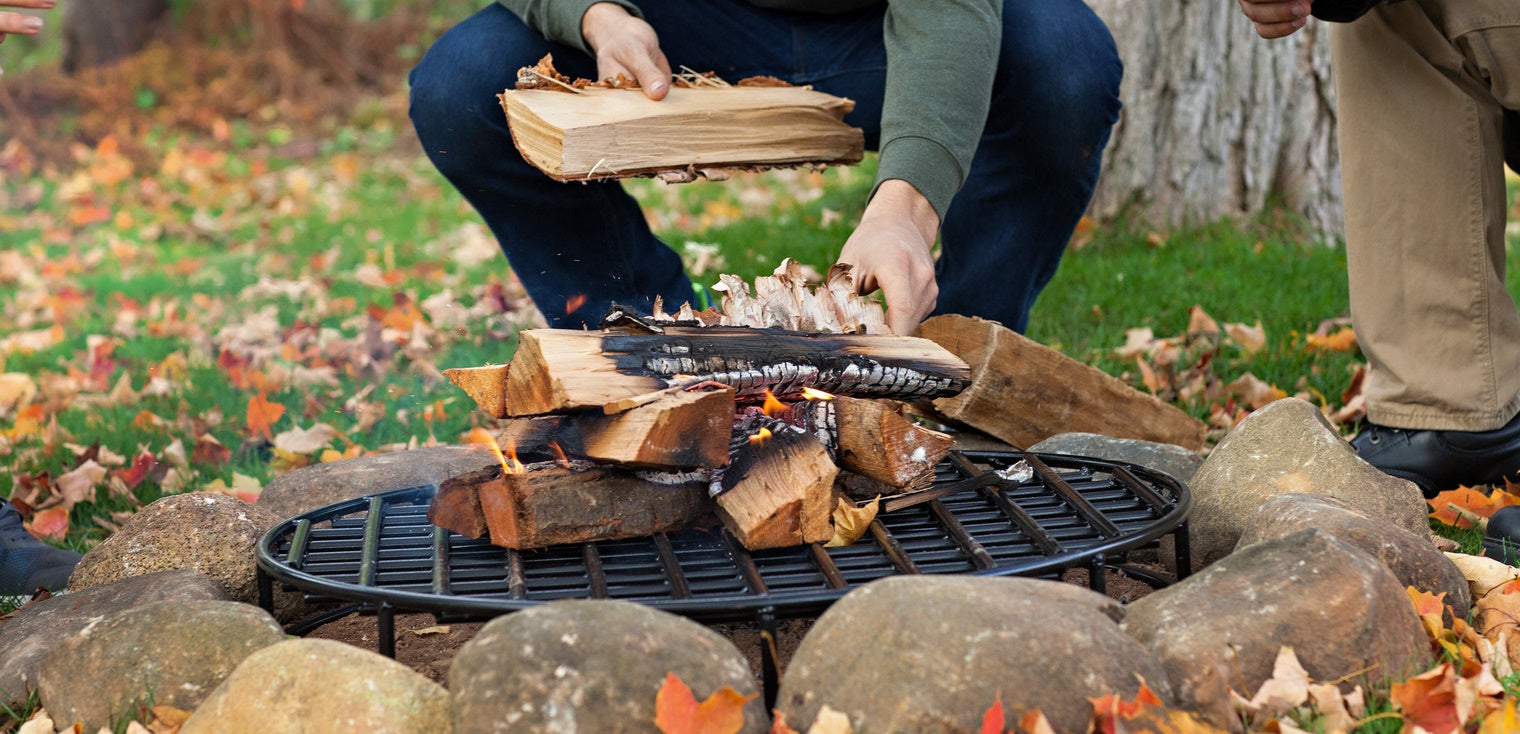
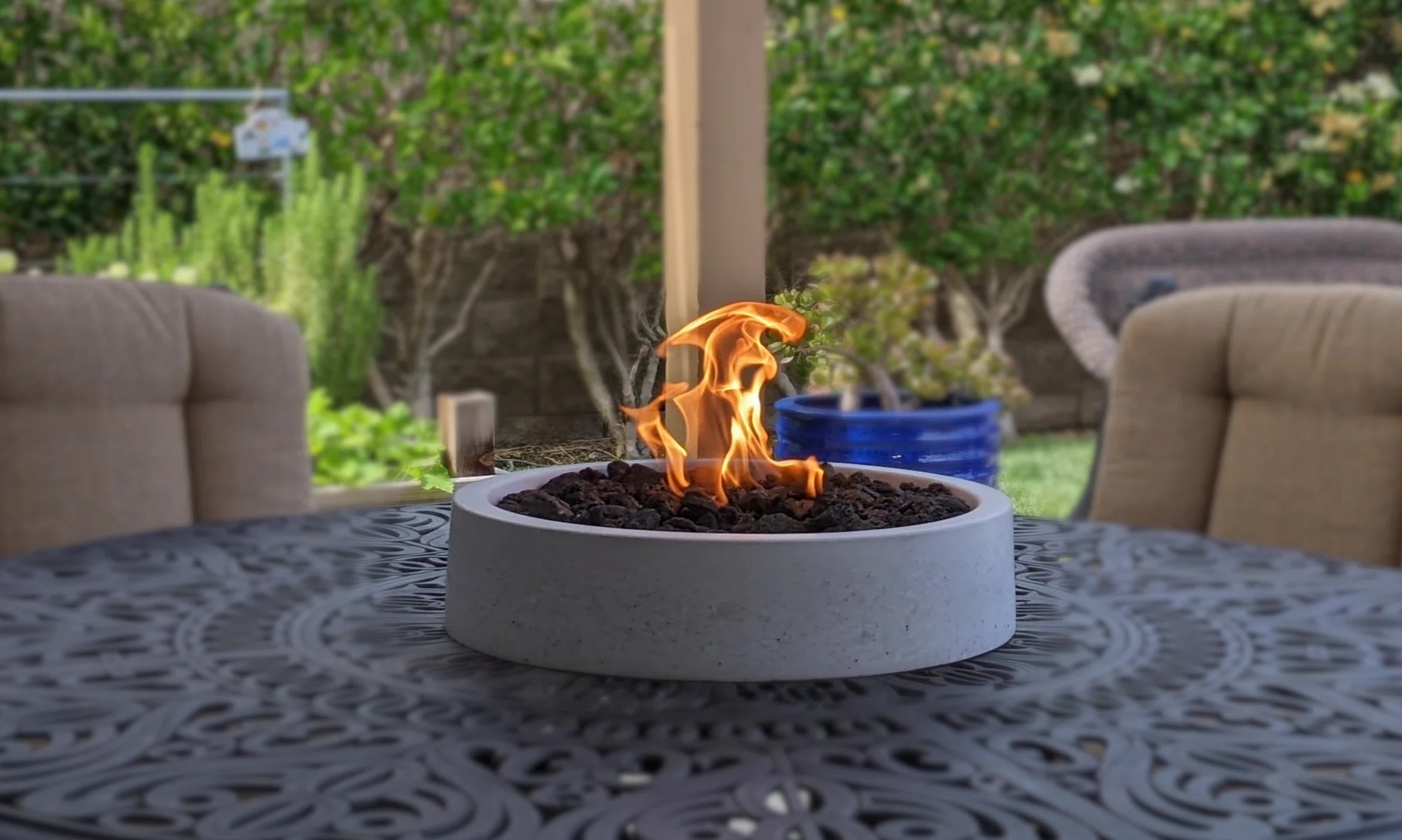
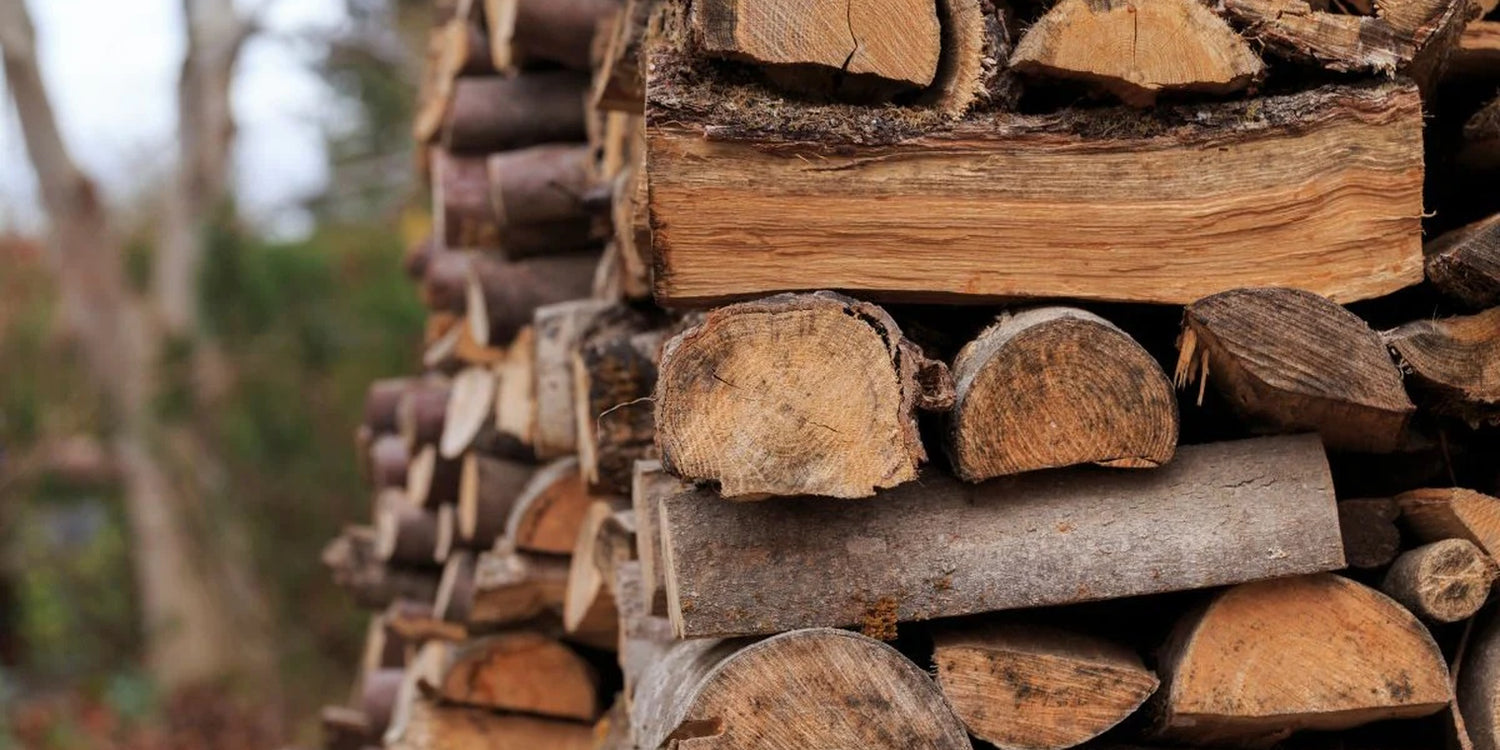
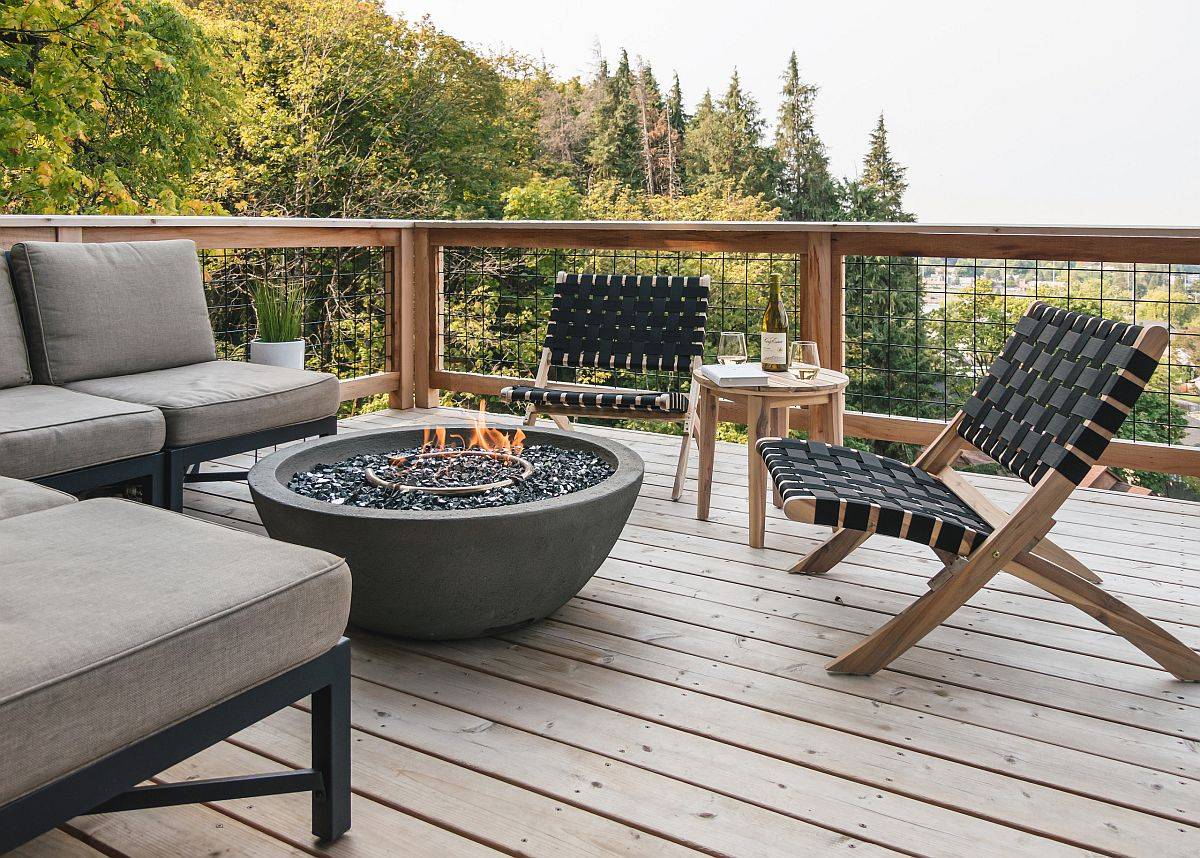
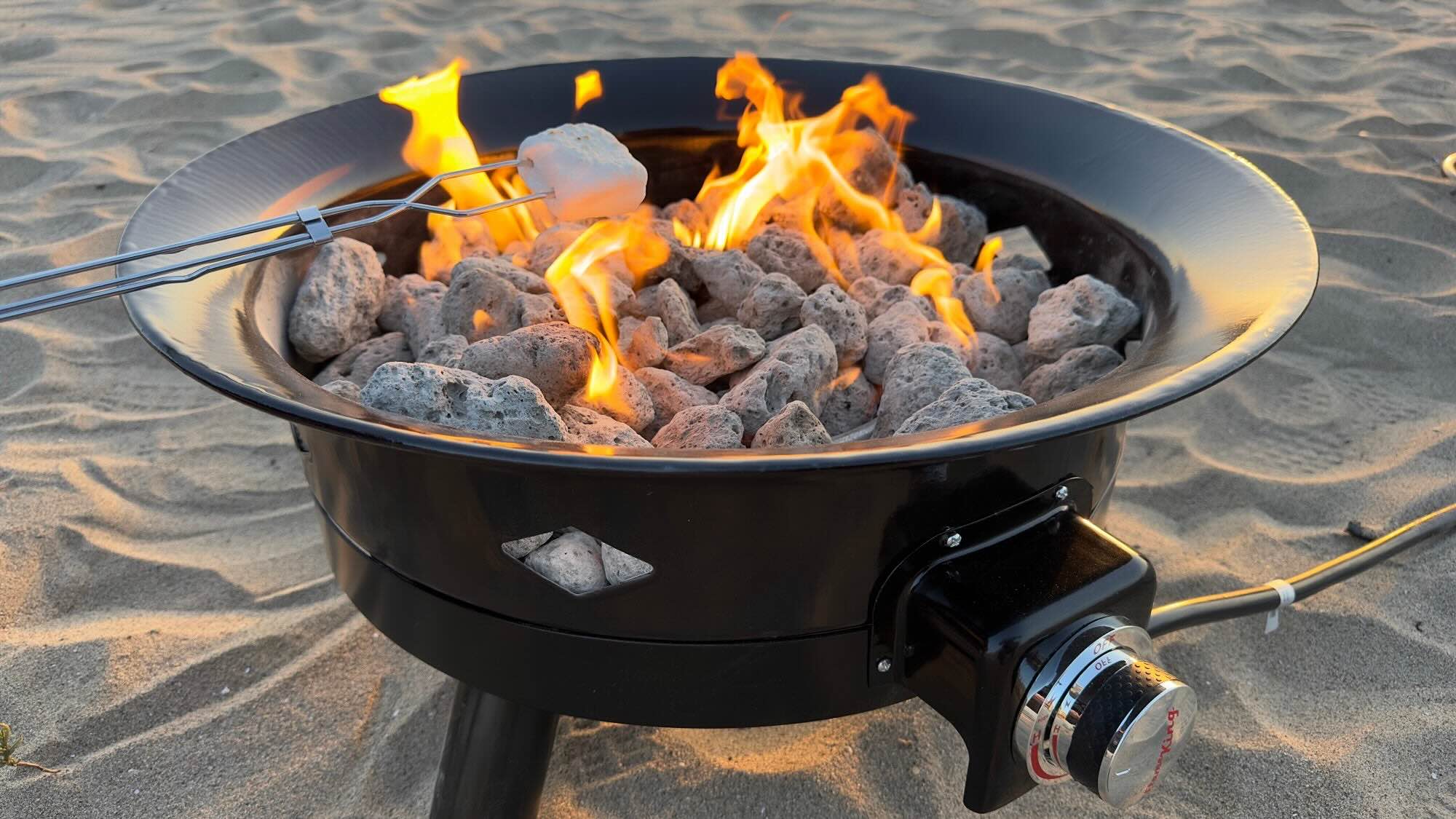
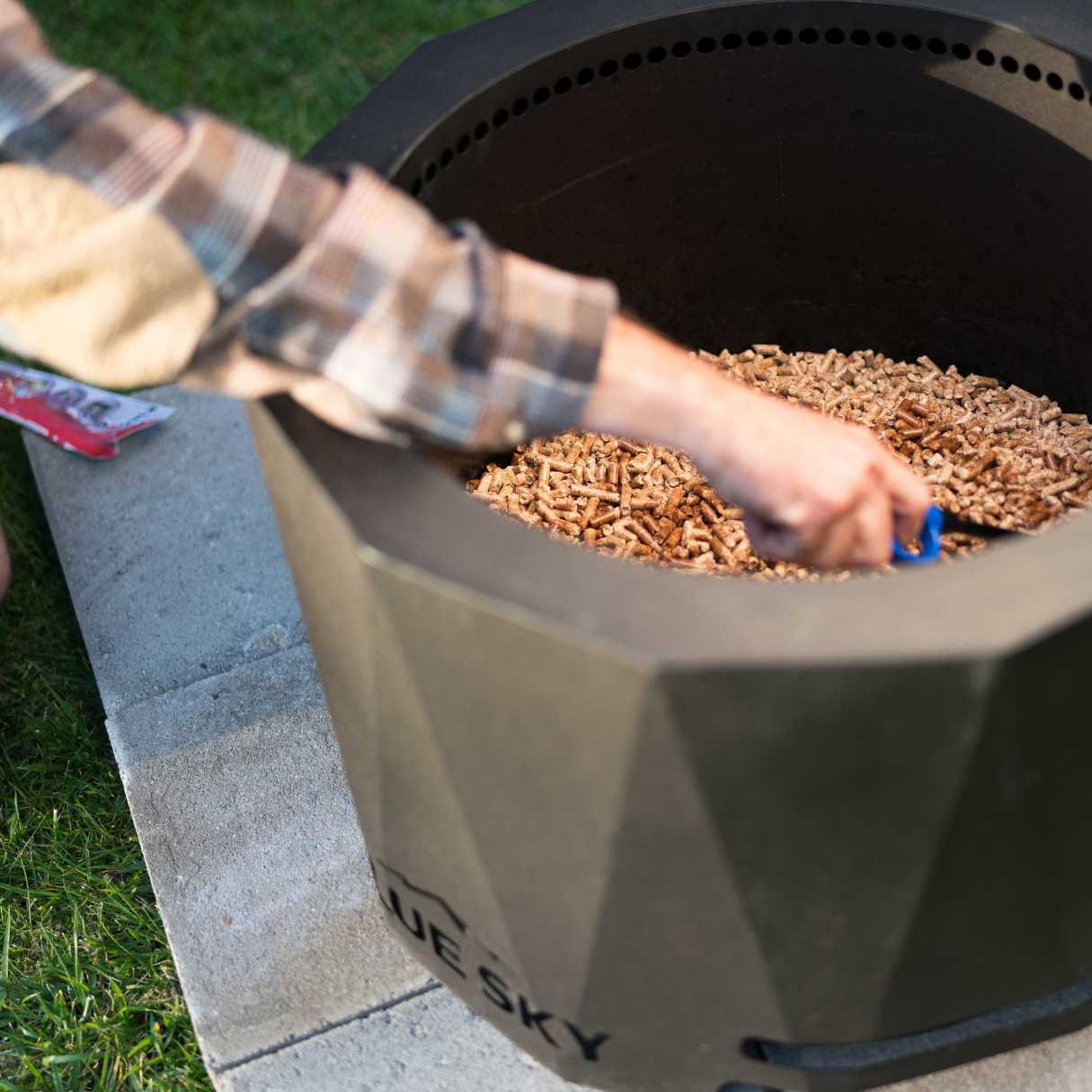
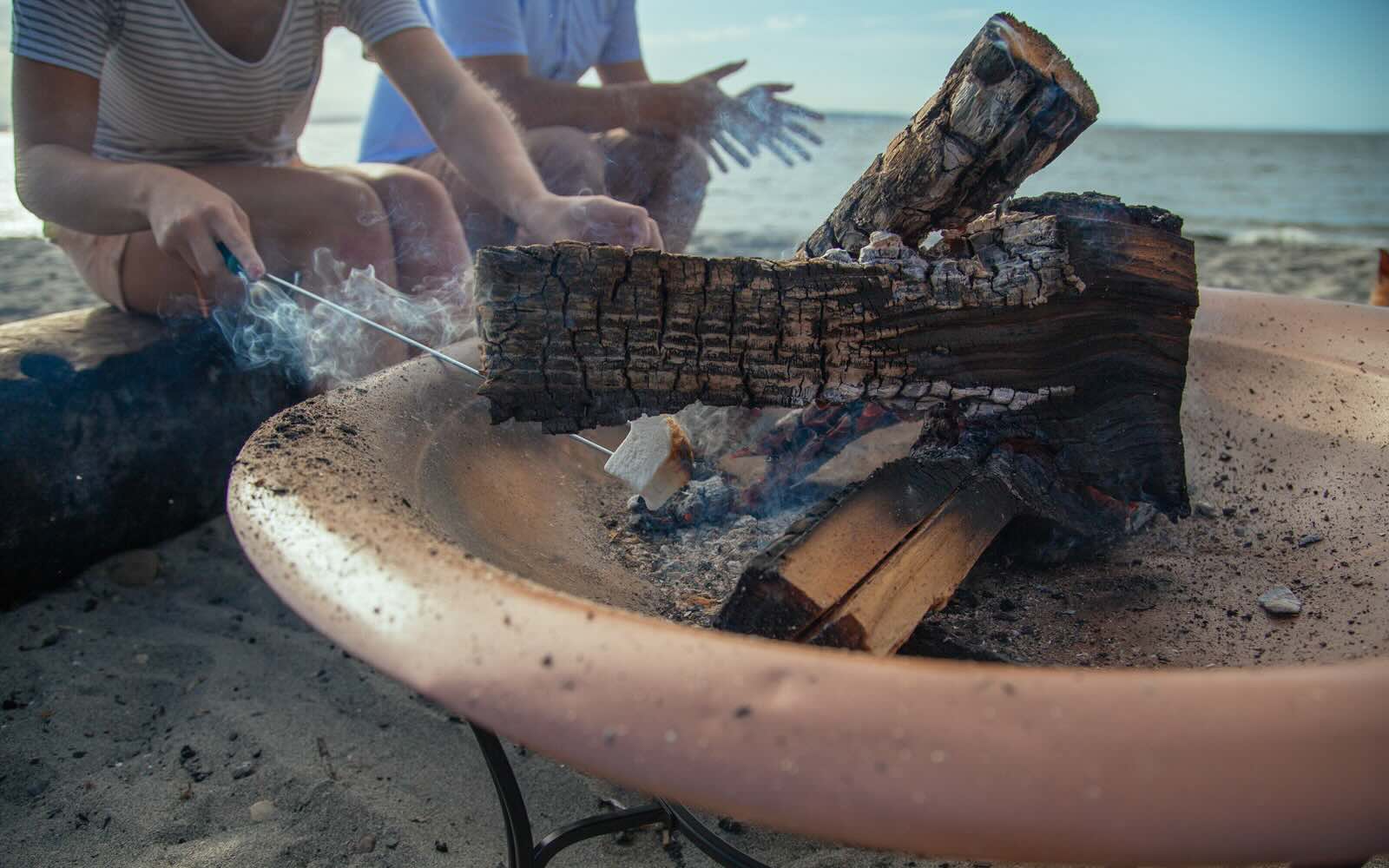
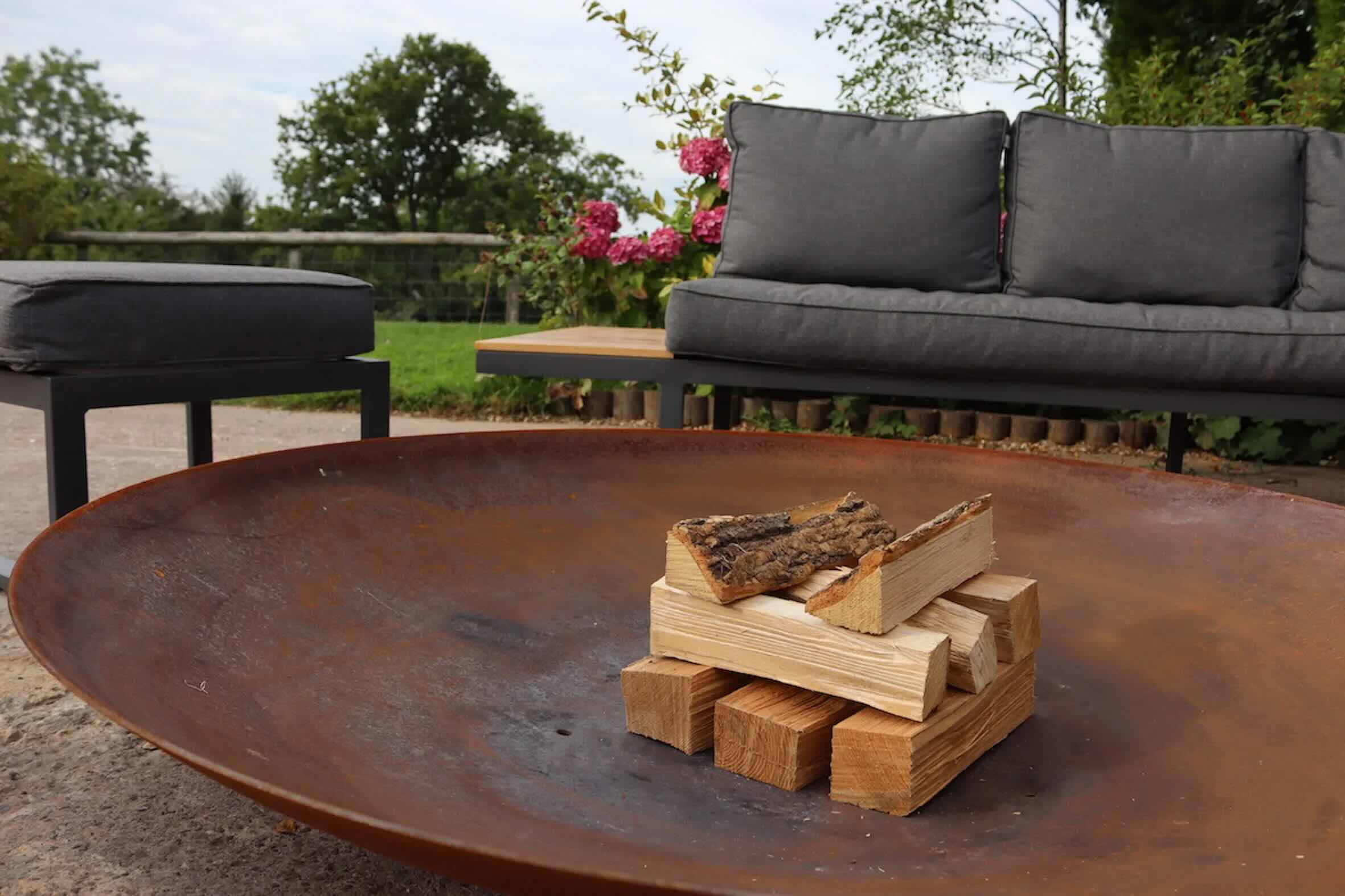
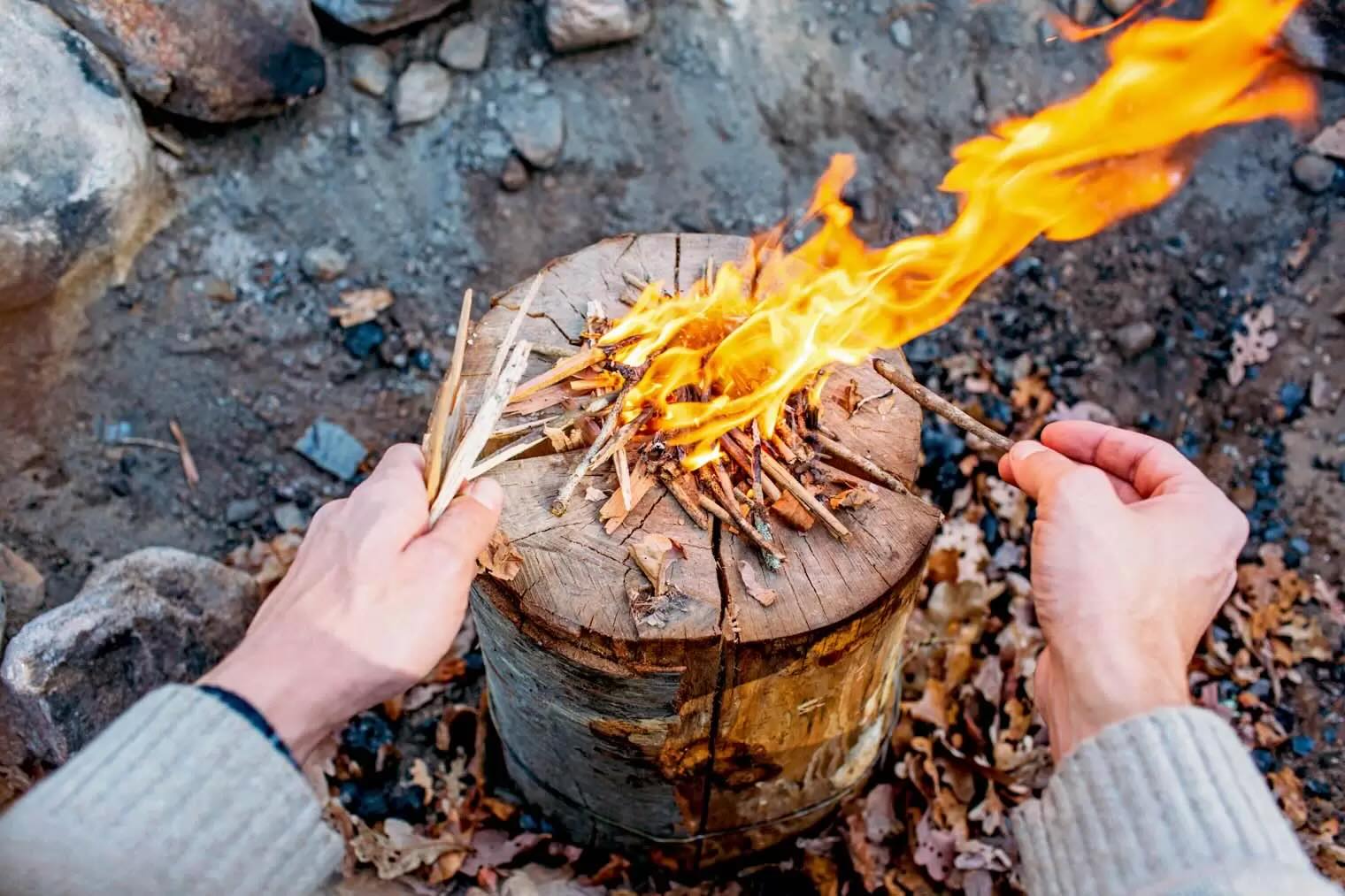
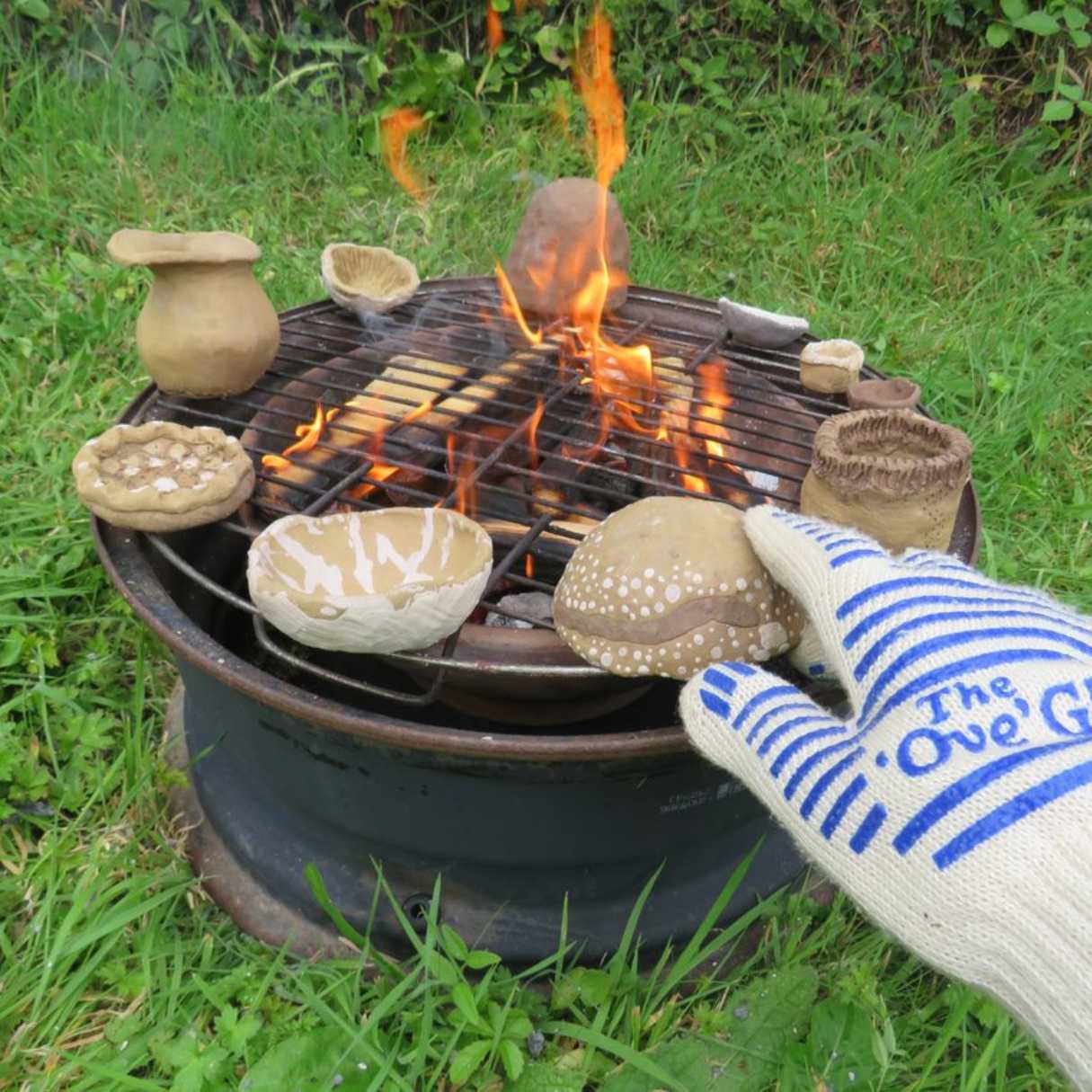

0 thoughts on “How To Light Wood In A Fire Pit”